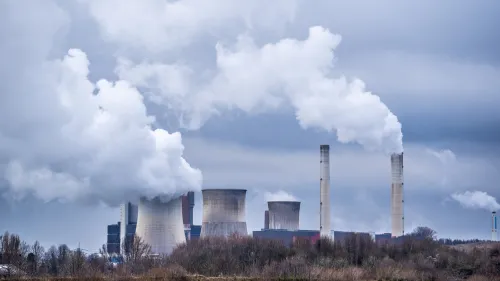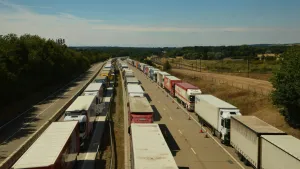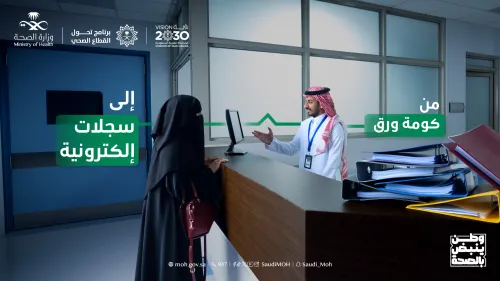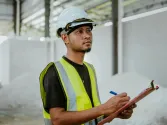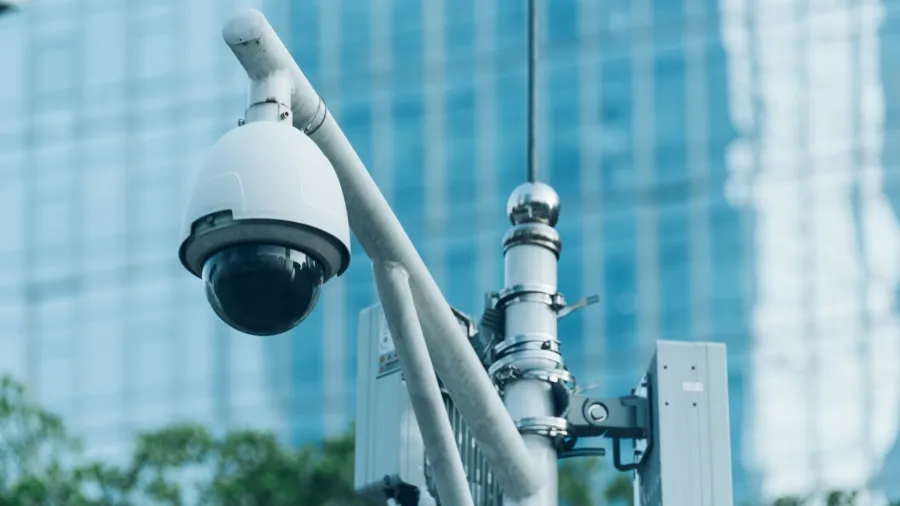
Building resilient cities with AI-powered video surveillance
By Kiean KhooCyberattacks on city infrastructure can have cascading effects, compromising critical physical systems and public trust.
As urbanisation accelerates across Southeast Asia, cities are under pressure to confront complex challenges from public safety threats and traffic congestion to environmental concerns and emergency responses.
Meeting these demands requires more than incremental improvements. It calls for a fundamental shift in how cities operate and respond to real-time dynamics.
At the heart of a smart city vision is the goal of creating an intelligent, connected, and sustainable urban environment. For fast-urbanising cities like Jakarta, Manila, Ho Chi Minh City, where legacy infrastructure often constrains innovation, how can governments modernise without the burden of wholesale system overhaul?
Smart city building blocks
Building a smarter city starts with creating a strong technological foundation. Modern infrastructure brings together an extensive network of sensors, cameras, and control systems working in concert to enhance city operations. This integrated network combines advanced wireless technology with traditional wired connections, ensuring comprehensive coverage and reliable communication across all city systems.
Edge computing has revolutionised how cities process and act on information. By analysing data at its source rather than sending everything to a central location, cities can make faster, smarter decisions. This distributed approach significantly improves response times for critical services whilst optimising network resources and ensuring system resilience.
Smart cities need smart infrastructure
For a truly smart city to thrive, advanced infrastructure is required that can handle vast amounts of data without compromising on security, compliance or scalability. Artificial intelligence (AI)-powered video surveillance meets these demands by delivering deep visibility into urban environments, and empowering decision-makers with actionable insights.
AI-enhanced video surveillance goes far beyond passive security cameras. Equipped with machine learning and real-time analytics, these systems continuously analyse vast streams of data from urban environments.
Leveraging video feeds, AI can be used to detect patterns, identify potential threats, and respond to emergencies, all whilst reducing the need for manual intervention. This allows cities to not only enhance public safety but also optimise services like traffic management, energy usage, and even waste management.
For example, AI surveillance can track vehicle flow across busy intersections, dynamically adjusting traffic signals to minimise congestion. In public spaces, AI can identify potential security threats, triggering alerts before human operators are even aware.
Additionally, these systems provide actionable insights for urban planning, helping cities optimise infrastructure based on real-time data.
Modernisation without disruption
One of the biggest hurdles in Southeast Asia cities is the financial and logistical challenge of upgrading legacy infrastructure. In many cases, cities operate with fragmented, outdated systems that cannot simply be replaced.
The more viable strategy lies in modular upgrades, interoperability and AI layering. Rather than rebuilding from ground up, governments can augment existing infrastructure by layering AI capabilities on top, enabling cities to build a data-driven ecosystem.
Additionally, open platforms make it possible to integrate advanced surveillance and analytics tools into current systems without costly overhauls.
A case in point is Dubuque – one of the US Midwest’s most forward-thinking cities, which sought to leverage its expansive video network to go beyond basic monitoring and extract actionable intelligence that could improve traffic management and public safety. With open platform video technology, they were able to integrate cutting-edge analytics to create a truly intelligent traffic management system.
Similarly, the police force in Nassau, Bahamas, upgraded its video technology system with video analytics to proactively reduce crime.
Closer to home, in Singapore, smart surveillance is not only enhancing traffic management but also supporting efforts to enforce public safety regulations. The Indonesian government’s usage of a fleet management system has drastically improved the problem of traffic congestion in Makassar City. Using an open platform, data is collected to detect the best routes, unsafe driving and driver behaviours, improving traffic safety, efficiency and operational performance.
These examples highlight the transformative potential of AI-powered surveillance in cities that are already becoming smarter, safer, and more sustainable. The full promise of resilient, adaptive urban environments, however, will only be realised if cities continue to innovate with an eye toward the future.
Future-ready cities require unified security strategies
As smart cities grow more interconnected through Internet of Things (IoT) sensors, smart surveillance cameras, and traffic monitoring systems, the convergence of physical and digital risks demands a unified security strategy. The sheer volume of data generated by these devices creates new points of vulnerability.
Cyberattacks on city infrastructure can have cascading effects, compromising critical physical systems and public trust. Governments must adopt integrated security solutions that include encryption, real-time threat detection, and strict data governance protocols.
The challenges for governments across Southeast Asia are multifaceted, and the future holds even greater uncertainties. However, with the strategic deployment of AI-powered video surveillance, cities can build resilience against the evolving challenges of tomorrow.
The path forward will require collaboration, innovation and scalable solutions. Governments and technology providers must join forces to ensure that these systems are not only efficient but also ethical, secure, and sustainable.

